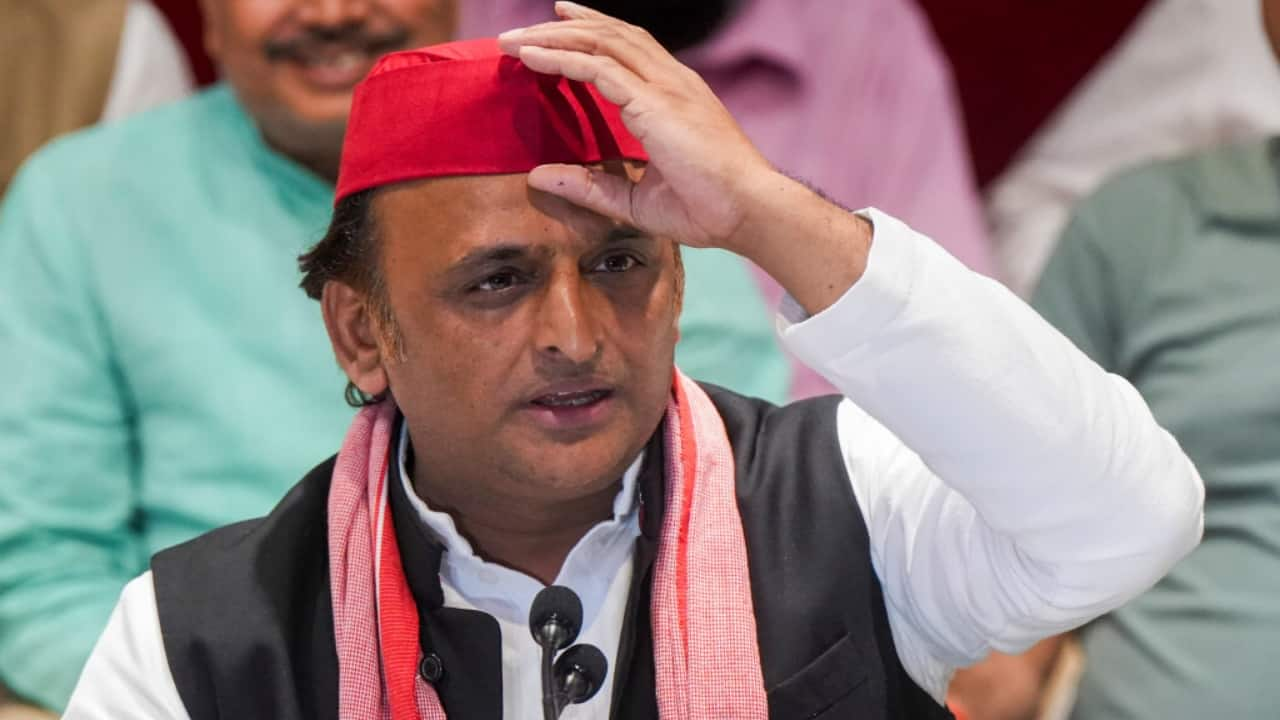Things were bad enough in South Africa before US President Donald Trump unexpectedly announced punitive import tariffs on countries that “take advantage” of America by exporting much more to the US than they import, or by restricting US exports with their own import tariffs. The announcement of import tariffs as high as 60% on exporters targeting the lucrative US market sent share prices, exchange rates, commodity prices and bond yields reeling worldwide. Read: The JSE All Share Index fell by 13% from above 90 000 points to 78 000 points and the rand declined from an already weak R18.
12 per dollar to an intra-day low of R19.78. The rand hit a low of R21.

90 to the euro and R25.42 to the British pound. The London Stock Exchange fell 11%.
US markets were not spared either, as the fall of 9% in the Dow Jones illustrates. The Dow jumped nearly 3 000 points, but is still 4% below the 42 000 points it was at before the tariff announcement that shook the world. The FTSE 100 index won back some losses but is still 6% lower than it was.
Read: Locally, the main JSE indexes recovered to very close to previous levels – only because the dramatic fall in the rand boosted the rand value of the large international companies that are the largest components of the indexes. The main problem with the US tariffs is that the impact on the global economy and on any individual country is far worse than only the effect on the industries and companies involved in trade with America. Nothing illustrates this better than the effect on the SA economy.
The country’s economic prospects soured, despite the fact that our largest exports to the US are largely exempt from the tariffs in that most metals and minerals exports are excluded from the US tariffs. However, Hugo Pienaar, chief economist at the Minerals Council, says he is concerned about the potential damage to global growth – which could “lead to lower demand for SA’s minerals”. “While the majority of minerals and metals sold to US consumers are excluded from the tariffs, there are some like iron ore and diamonds that will be subject to the 30% reciprocal tariff on imports from SA,” he says.
All platinum group metals, gold, coal, vanadium and other speciality metals, chrome ore and concentrates and manganese products are exempt. “Despite these exclusions, we remain concerned about the adverse impact on business and consumer sentiment and the resultant effect on business, investment, consumer spending and ultimately global real GDP growth caused by this unprecedented upheaval in world trade. While platinum, palladium, and rhodium are exempt from the punitive tariffs, lower consumer confidence and lower economic growth uncertainty might reduce demand for automobiles in the US, and carmakers in other countries are likely to decrease production too.
It is well known that the car industry is the biggest consumer of platinum, palladium, and rhodium to make catalysts that reduce harmful exhaust gases. SA exported platinum group metals valued at nearly R50 billion to the US in 2024, and total mineral exports to the US exceeded R65 billion. Pienaar explains that currencies acted like shock absorbers by immediately falling.
“The importer in the US pays the tariff and products become more expensive for the US consumer. “On a bigger scale – and seen in isolation – the currency of the exporter weakens to keep products competitive in the export market. “If the rand weakens by 10%, it reduces the impact of a tariff to the US importer, but it is bad for the rest of the economy that relies on imports.
A weak rand also fuels inflation,” he says. “This is a significant external shock to the global economy. Global growth will fall and inflation, at least in the US, will increase.
“We are looking at the possibility of higher inflation and lower growth. The extent of the drop in financial markets shows the concern about the global economy. “SA is already facing uncertainty with lower confidence in the GNU [government of national unity], record unemployment and low growth.
” The pause in the implementation of tariffs did little to remove uncertainty about the global economy, evident in only a partial recovery in financial markets. It also highlights the complexities of global trade and tariffs. Trump’s trade war started with a small spat with Canada and then the first tariffs on Canada.
It is probably no coincidence that the second biggest export from Canada to the US, after oil, happens to be motor vehicles, as Trump has often referred to the vehicle industry when talking about manufacturing and trade. America’s irritation is understandable when considering that Canada assembles US brands (Ford, Dodge, and Chevrolet), as well as Japanese cars (Toyota and Honda). It exports 97% of these cars, SUVs, and light trucks to the US, valued at more than $50 billion in 2024.
Countries have been at odds about the difficulties in advancing exports and curbing imports and the use of direct and/or indirect tariffs since the days of tall ships with square sails. In SA alone, we have chicken producers petitioning government to implement an import duty of more than 60% on chicken imports from the US, and chicken importers lobbying government to remove the restriction. ArcelorMittal SA and thousands of employees are currently at the mercy of government officials about another tariff, an export duty on scrap steel that disrupted the local steel market.
The World Trade Organisation (WTO) is trying to keep the peace between everybody. At the same time, it is trying to come up with a new trade order that would seem fair to everybody. The chances of success look slim.
Poor countries with little to offer but low-value products will struggle to compete with rich countries and their ever-advancing capital equipment..
Business

Trump’s tariffs affect just a few SA exporters, but will hurt everyone

Uncertainty about global growth comes as local economy faces multiple problems.














